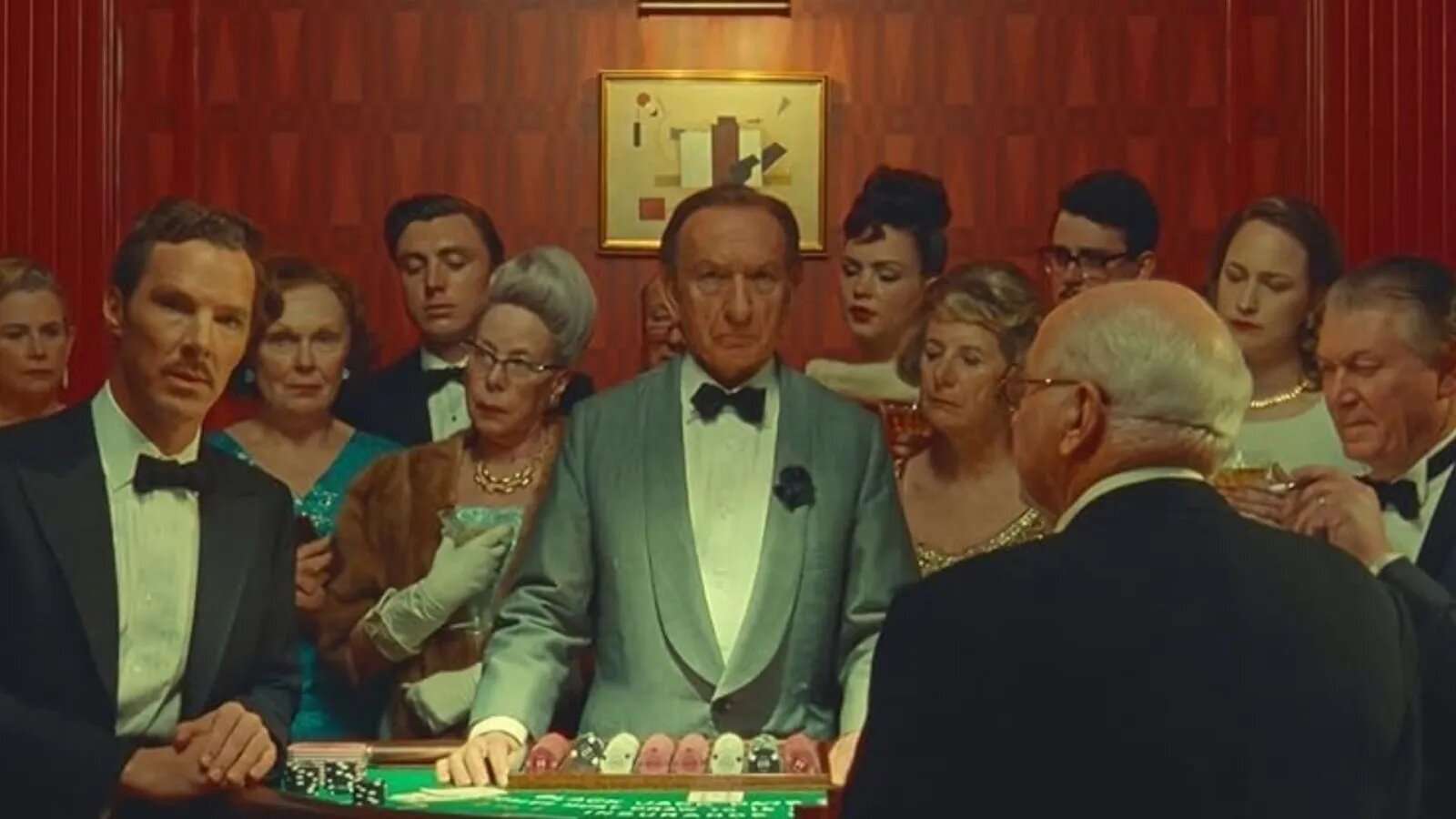The Wonderful Story of Henry Sugar explained
 Netflix
NetflixDirector Wes Anderson has teamed up with Netflix to release four short films based on the works of Roald Dahl. Here’s one of them, The Wonderful Story of Henry Sugar, explained.
With Asteroid City coming out just a few months ago, it seems like Wes Anderson is already back on our screens. Our Netflix screens, that is.
In fact, he is now giving us four new movies, albeit short ones, based on the tales of Roald Dahl, who he hasn’t covered since his 2009 stop motion movie Fantastic Mr Fox. The films, which will star the multi-rolling likes of Richard Ayoade, Ralph Fiennes, Rupert Friend, Benedict Cumberbatch, and Dev Patel, will be released during a four day event, with the first one, The Wonderful Story of Henry Sugar, having already come out.
The movie is based on the Roald Dahl book of the same(ish) name, The Wonderful Story of Henry Sugar and Six More. But what happens in this short story? Read on and we’ll explain all, but first: SPOILER WARNING!
What happens in The Wonderful Story of Henry Sugar?
The Netflix synopsis for the 40 minute movie reads, “A beloved Roald Dahl short story about a rich man who learns about a guru who can see without using his eyes and then sets out to master the skill in order to cheat at gambling.” But obviously there’s more to the story than that.
The Wonderful Story of Henry Sugar begins from the perspective of Roald Dahl himself, played by Ralph Fiennes. He explains how Henry Sugar (who’s name he has changed for privacy purposes, as this is supposedly a true story) was a man born into immense privilege, and thus never had to work a day in his life.
But this changes when one day he finds a book in his library that details a doctor’s notes about a man who could see with his eyes closed. While said man later died, the doctor was able to figure out while travelling through the jungle that by focusing really hard on a certain image with his eyes closed by candlelight, it would allow him to envision things he could not see.
From reading this, Henry Sugar is inspired, and thus spends the next several years learning this technique. With it, he is able to then cheat at blackjack at a casino, by envisioning what was in the cards – because as our narrator states, rich people are often only focused on getting more rich.
However, he finds himself rather unsatisfied with the money, since there was no thrill in gambling when he could see what was in the cards. He throws the money out of his London apartment window, which incites a riot. The police knock on his door and chastise him for being so frivolous with his money, when there are hospitals and orphanages who can’t even afford to get their children any toys.
Henry Sugar learns from this, and, while donning multiple disguises, travels the world cheating at blackjack, and then giving the money to those who need it.
The story ends with the explanation that Henry has recently died from a pulmonary embolism, which he knew was coming as he had been able to see inside his own body. He peacefully accepts his death, after following his plan for 20 years, making £644 million pounds for the less fortunate.
Roald Dahl then explains that he has been asked to write Henry Sugar’s memoir, keeping the man’s name a secret, with screen text then explaining when and where the author wrote the story.
To find out more about Wes Anderson’s Asteroid City, click here. You can also check out our other Netflix hubs below:
The Gentlemen | Will there be Firefly Lane Season 3? | Monster Season 2 | All the Light We Cannot See | Stranger Things Season 5 | Florida Man Season 2 | Bodies



